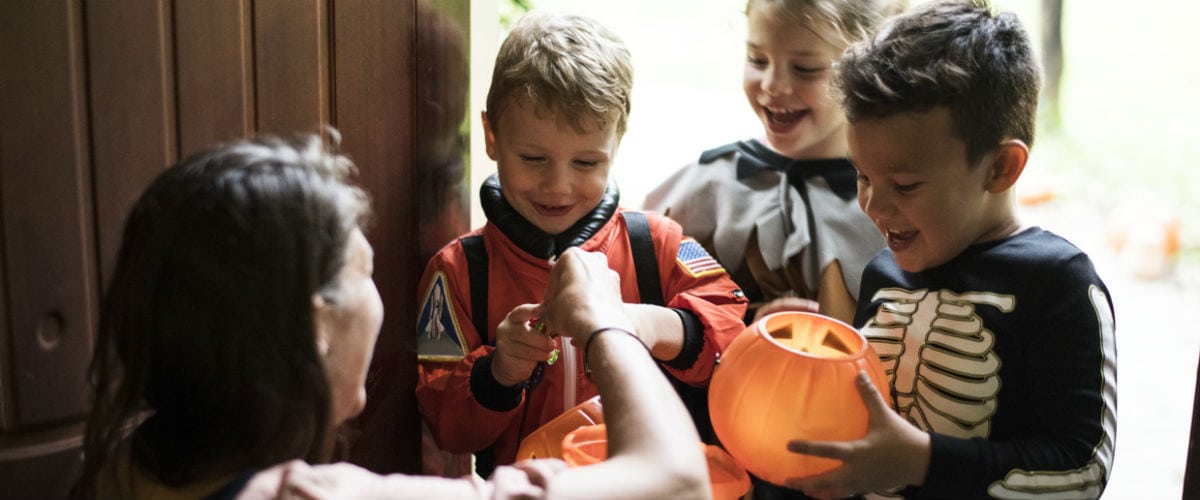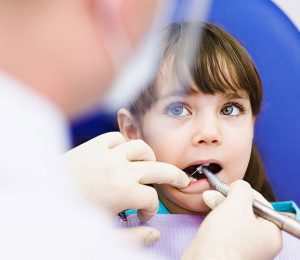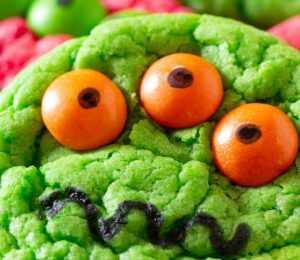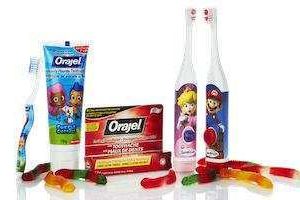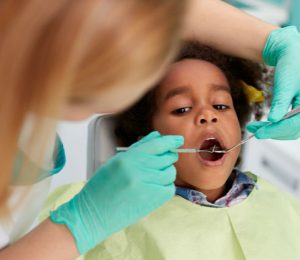Halloween is a fun tradition, even dentists agree. But since there is possibly no other holiday as sugar-coated as this one, it helps to have a few tactics under your belt to keep the candy and the possibility of cavities in check.
Following are some tricks and tips to help your family enjoy the holiday (and, yes, the Halloween treats too) without the negative effects for your kids’ dental health.
Choose “better” candy.
Any sticky or chewy candy should be avoided, especially if your child is prone to cavities and has dental restorations or sealants in his or her mouth. Candy that sticks in the grooves of teeth may cause more cavities than plain chocolate. Conduct a dental check of your child’s treats. Check your child’s Halloween treats for any sticky or chewy candy that should be avoided and remove this candy from your child’s Halloween treats before he or she eats it. (Editor’s note: If you anticipate major protests on this, have some non-sticky candy options on hand to replace the tooth destroyers, or even better, follow the next tip!)
Try a sweet swap.
Consider having your child swap or trade his or her Halloween candy for a book, toy, or special family outing that does not involve candy.
Eat Halloween candy with a meal.
It is best to eat sweet treats with a meal—when our saliva is better able to fight the cavity-causing bacteria—rather than between meals.
Don’t drink the punch!
Halloween parties and events are prime venues for apple cider and juice boxes, but sugary beverages can be even worse than candy for causing cavities. Juice, sports drinks, chocolate milk, and pop should be avoided, as these liquids can coat your child’s teeth with sugar until the next time they brush their teeth.
Drink lots of water.
Drinking water after eating sweets may help buffer the acids that are produced by cavity-causing bacteria in the mouth. People with dry mouths also tend to get more dental decay.
Substitute fresh fruit.
For a healthy, sweet treat, substitute fresh fruit for candy. (Lychee eyeballs and banana ghosts, anyone?) However, some fruits have higher sugar content than others. For example, bananas, grapes, cherries, mangos, apricots, and pears have higher sugar content than blackberries, raspberries and cantaloupe.
Don’t over-buy candy to hand out.
Try not to purchase more candy than you anticipate distributing on Halloween night. Any extra candy may find its way into your child’s collection of Halloween treats.
Promote healthy alternatives.
Select treats other than candy, such as Play Doh, tattoos or stickers, dental floss (yes, there is a slight dental professional bias here!), or bouncy balls, to distribute on Halloween night. Many children enjoy receiving unique treats.
Brush, brush, brush.
Ensure that your child brushes his or her teeth three times a day and flosses every night before he or she goes to sleep. Adult assistance with brushing and flossing is important until your child is approximately 8 or 9 years of age, which is the age most children have developed the dexterity in their hands to brush and floss properly.
This post was originally published in 2012 but has been updated for accuracy.

